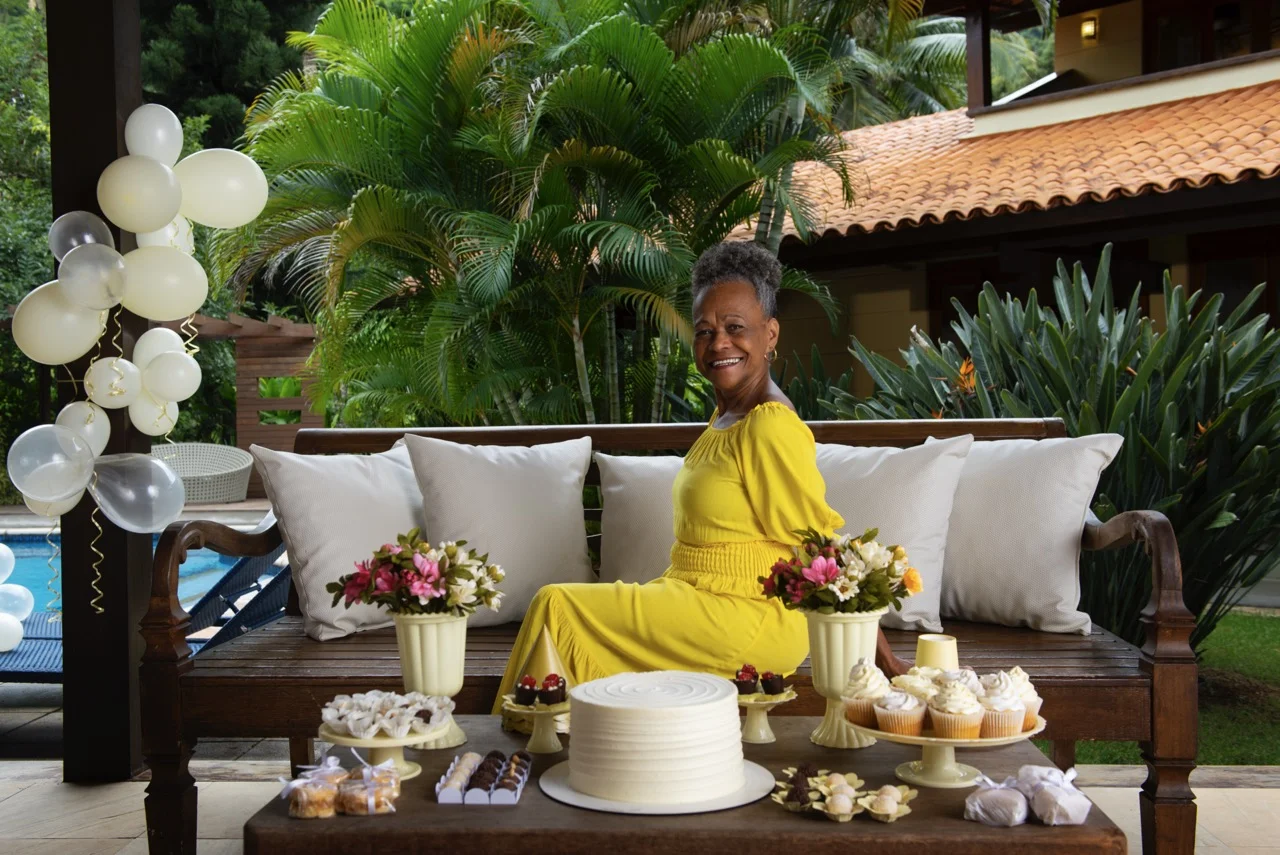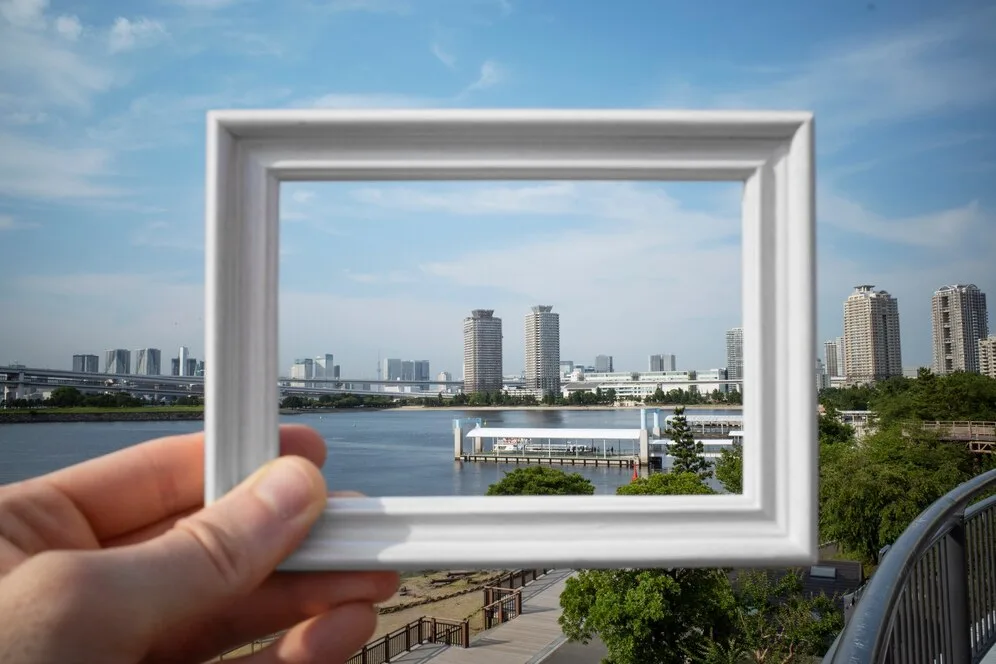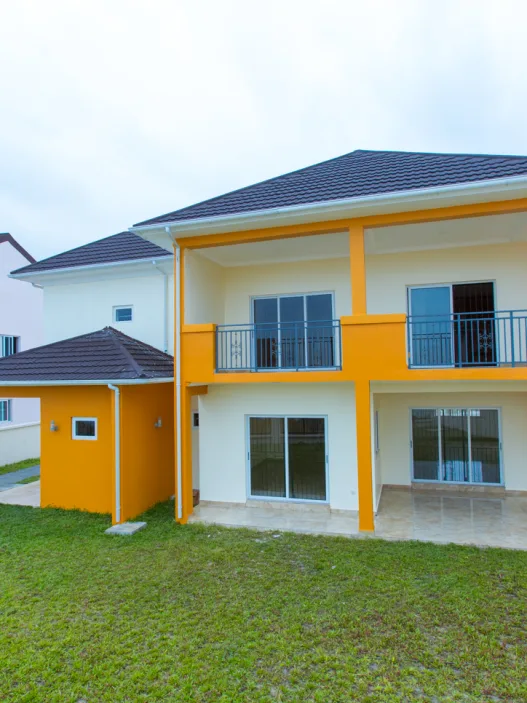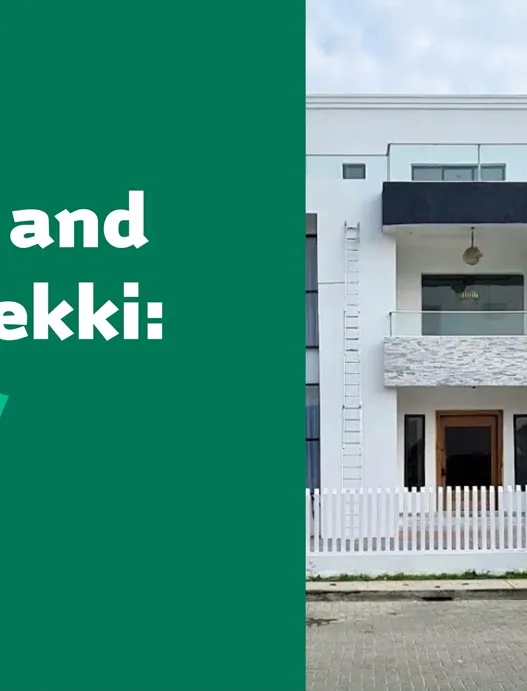When it comes to real estate marketing, aesthetics plays a vital role in attracting potential buyers and tenants. This article explores how visual appeal influences property sales, rental decisions, and overall marketability. From staging homes to professional photography and digital presentations, the importance of aesthetics can’t be overstated. We’ll break down key aspects such as curb appeal, interior design, and the emotional connection that visuals create. Understanding why aesthetics matters in real estate marketing can give you the edge to not only sell faster but also at a higher price.
The Power of First Impressions
In real estate marketing, first impressions matter. Potential buyers form opinions about properties within seconds of viewing photos or stepping onto the premises. If the property lacks visual appeal, buyers may lose interest, regardless of its other merits.
- Curb Appeal: A well-maintained exterior creates an immediate positive impression, drawing buyers into the home. Simple enhancements like fresh paint, landscaping, or even updated lighting can drastically improve curb appeal.
- Photography and Staging: High-quality photos, taken at the right angles, can highlight a property’s best features. Professionally staged interiors also help buyers visualize themselves in the space, leading to a faster sale.
How Visuals Influence Buyer Emotions
Aesthetics are about more than just appearance; they evoke emotions in potential buyers. The way a property is presented can create feelings of comfort, luxury, or excitement, which can heavily influence purchasing decisions.
- Color Psychology: Colors used in marketing materials and home staging can evoke specific emotions. For example, warm tones like beige or soft yellow create a welcoming atmosphere, while cooler tones like blue can convey tranquility.
- Textures and Lighting: Incorporating different textures through furnishings and adjusting lighting can also set a mood. Natural lighting, in particular, makes spaces feel open and airy, creating a positive emotional response.
The Role of Interior Design and Staging
Proper staging and design are essential in showcasing a home’s potential. By highlighting the most attractive features and making the space look more functional, you can appeal to a wider audience.
- Minimalism and Space Utilization: A minimalist design approach makes rooms appear more spacious and organized. Buyers can more easily imagine how they would use the space without being distracted by clutter.
- Neutral Décor: Using neutral tones in the décor allows buyers to picture their own style in the home. Too much personalization in interior design can alienate potential buyers who may not share the same tastes.
The Impact of Online Aesthetics on Buyer Behavior
Most buyers begin their real estate search online. As such, your property’s online presentation is often their first point of contact. Properties with poor photos or unappealing aesthetics are easily overlooked in favor of more visually engaging listings.
- High-Quality Photography: Professional photography is non-negotiable in today’s digital age. Listings with professional photos receive more views and sell faster than those without.
- Virtual Tours and Videos: In addition to photos, virtual tours or videos provide an immersive experience that static images cannot. These tools allow buyers to explore the property from the comfort of their homes, increasing their interest and engagement.
Enhancing Aesthetic Appeal Through Technology
Modern technology allows real estate marketers to enhance the aesthetics of their properties digitally. These tools can attract more attention and provide an interactive experience for potential buyers.
- Virtual Staging: For vacant homes, virtual staging can help buyers visualize the potential of empty spaces. Virtual furniture and décor can be added to photos to create an appealing presentation without the cost of physical staging.
- Augmented Reality (AR): AR applications allow buyers to visualize changes they would make to a property, such as new paint colors or furniture arrangements. This interactive experience can increase a buyer’s emotional investment in the property.
Aesthetics and Property Value
A property’s aesthetic appeal is not just about attracting buyers—it can also directly affect its market value. Properties that are visually pleasing often command higher prices, while those that are poorly maintained or lack aesthetic cohesion may need to lower their asking price to attract offers.
- Renovations and Upgrades: Simple aesthetic upgrades like modernizing fixtures, repainting walls, or installing new flooring can increase a property’s perceived value. These relatively low-cost changes can yield a high return on investment.
- Exterior Improvements: Exterior aesthetics, such as landscaping or installing a new roof, can also add value. Homes with well-maintained exteriors tend to appraise higher and sell faster than homes with neglected outdoor spaces.
The Long-Term Benefits of Aesthetic Appeal
Incorporating aesthetics into real estate marketing not only helps sell properties quickly but also fosters long-term brand recognition and trust. Real estate agents or developers who consistently present aesthetically appealing properties are more likely to build a positive reputation and attract repeat business.
- Brand Identity: A consistent aesthetic style across multiple properties can help establish a recognizable brand. Buyers will begin to associate your listings with quality and style, making them more likely to trust your future listings.
- Increased Referrals: Satisfied buyers who were impressed with a property’s presentation are more likely to refer friends and family to your listings, helping to grow your business through word-of-mouth marketing.
Common Aesthetic Mistakes in Real Estate Marketing
Even with the best intentions, some real estate marketers make common mistakes that hurt a property’s aesthetic appeal. Avoiding these pitfalls can ensure your property stands out in a competitive market.
- Overcrowded Spaces: Adding too much furniture or décor during staging can make spaces feel cramped. Opt for fewer pieces that open up the room and highlight its best features.
- Poor Lighting: Dark rooms or harsh lighting can make spaces feel unwelcoming. Ensure there is ample natural light and use soft, warm artificial lighting where necessary.
- Ignoring the Exterior: While the interior aesthetics are important, neglecting the exterior can turn buyers off before they even enter the home. Maintain a clean, attractive façade to draw buyers in.
Conclusion
In real estate marketing, aesthetics are a critical factor in attracting potential buyers and increasing a property’s value. By paying attention to visual appeal, from staging and interior design to online presentation, you can create a powerful first impression that resonates with buyers. Whether you’re selling residential or commercial properties, a strong focus on aesthetics will help you stand out in the competitive real estate market.
Get the best of Real Estate delivered straight to your inbox weekly.
Real Estate updates the way you want it.




















